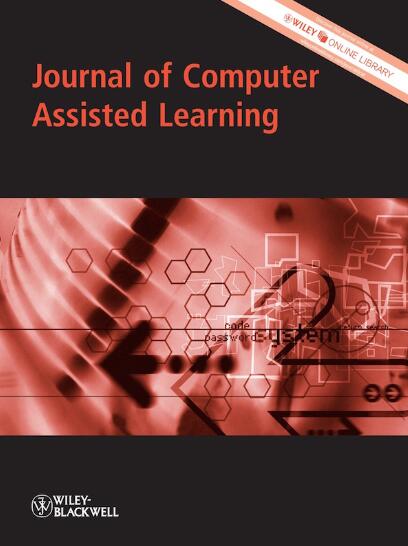The effect of settings, educational level and tools on computer-assisted pronunciation training: A meta-analysis
Abstract
Background study
Computer-assisted pronunciation training (CAPT) has emerged as an important resource for second language (L2) pronunciation learning. CAPT offers diverse opportunities for learners to master L2 pronunciation with the help of authentic learning activities in multiple contexts.
Objectives
This study presents a comprehensive overview to examine the overall effect of using a computer in learning pronunciation in multiple settings and diverse educational levels with the assistance of different tools.
Methods
The meta-analysis consisted of 31 primary studies that reported results obtained from experimental vs. control group designs. These studies reported 42 effect sizes in the results.
Results
The findings of the meta-analysis indicated that using CAPT in learning pronunciation had an overall medium effect size. Similarly, the results showed that using CAPT inside the classrooms had a large effect size. The results also showed that CAPT had a large effect size when used in schools and other formal learning contexts, such as language institutes. CAPT had a medium effect when it was used in universities. The results also showed that using videos for learning pronunciation had a large effect size while other tools had a medium effect size.
Conclusions
The study findings contribute to understanding the overall effect of CAPT and offer implications for educators and practitioners involved in designing effective instructional strategies for enhancing L2 pronunciation skills.

 求助内容:
求助内容: 应助结果提醒方式:
应助结果提醒方式:


